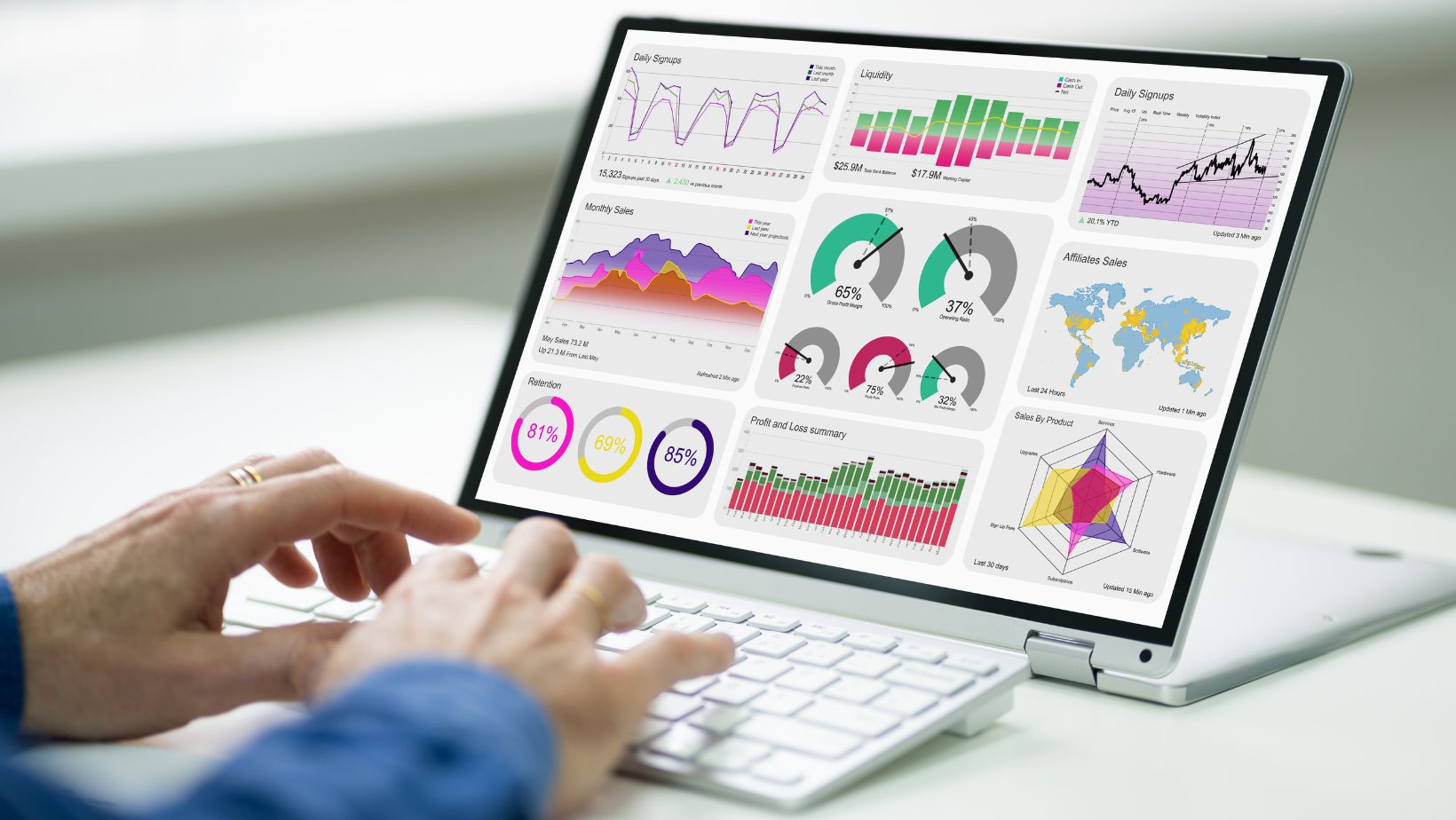 The landscape of big data analytics tools is vast and ever-evolving, offering solutions for every stage of the data journey – from ingestion and storage to processing, visualization, and advanced analytics. For companies seeking to leverage this transformative potential, partnering with big data development services becomes crucial. Let’s delve into some of the essential categories and specific tools that data consultants recommend:
The landscape of big data analytics tools is vast and ever-evolving, offering solutions for every stage of the data journey – from ingestion and storage to processing, visualization, and advanced analytics. For companies seeking to leverage this transformative potential, partnering with big data development services becomes crucial. Let’s delve into some of the essential categories and specific tools that data consultants recommend:
Data Warehousing & Storage:
The foundation of any big data initiative lies in robust storage and warehousing solutions. Hadoop Distributed File System (HDFS) remains a cornerstone for scalable and fault-tolerant storage of massive datasets. Cloud-based solutions like Amazon S3, Azure Blob Storage, and Google Cloud Storage offer flexibility, scalability, and cost-effectiveness, ideal for organizations embracing cloud-first strategies. For structured data, Snowflake has emerged as a powerful cloud data warehouse renowned for its performance and ease of use, while Amazon Redshift continues to be a popular choice for enterprise-grade data warehousing.
Data Integration & ETL (Extract, Transform, Load):
Before analysis can begin, data from disparate sources needs to be integrated and prepared. Apache Kafka excels at building real-time data pipelines handling streams of data with high throughput and low latency.

Apache NiFi provides a user-friendly visual interface for data flow management and automation, simplifying complex ETL processes. Cloud-based ETL services like AWS Glue, Azure Data Factory, and Google Cloud Dataflow offer serverless and scalable solutions, streamlining data preparation within cloud environments. Open-source tools like Talend and Pentaho continue to provide comprehensive ETL capabilities for diverse data integration needs.
Data Processing & Analytics:
The core of big data analytics lies in powerful processing engines. Apache Spark has become the gold standard for fast and general-purpose cluster computing, enabling in-memory processing for speed and efficiency. Apache Flink is gaining prominence for its stream processing capabilities, which are perfect for real-time analytics and event-driven applications. Presto (now known as Trino) provides a high-performance distributed SQL query engine, enabling analysts to query large datasets across various data sources with speed.
Data Visualization & Reporting:
Turning raw data into actionable insights requires compelling visualizations. Tableau remains a leader in data visualization, offering an intuitive drag-and-drop interface for creating interactive dashboards and reports. Power BI from Microsoft provides a robust and integrated visualization platform that is particularly strong within the Microsoft ecosystem. Open-source alternatives like Grafana are excellent for time-series data visualization and monitoring, while Kibana is essential for logging data and search analytics. D3.js provides unparalleled flexibility for creating custom, web-based visualizations for advanced analytical storytelling.
ML & Predictive Analytics:
Big data’s true power unfolds when combined with machine learning. Python, with libraries like sci-kit-learn, TensorFlow, and PyTorch, has become the dominant force in machine learning development, offering vast capabilities for building predictive models and uncovering hidden patterns. R remains a powerful language for statistical computing and advanced analytics.

Cloud platforms like Amazon SageMaker, Azure Machine Learning, and Google AI Platform offer managed services that streamline the entire machine learning lifecycle, from model building and training to deployment and monitoring.
Closing Thoughts
Selecting the right tools for your big data journey is not a one-size-fits-all approach. It requires a deep understanding of your business objectives, data characteristics, and infrastructure. Engaging with big data development services can significantly simplify this process, providing access to experienced professionals who can guide tool selection, implement customized solutions, and ensure that your organization effectively harnesses the transformative potential of big data. By strategically leveraging these powerful tools, businesses can move beyond simply collecting data to actively extracting value, driving innovation, and securing a competitive advantage in the data-rich era.
